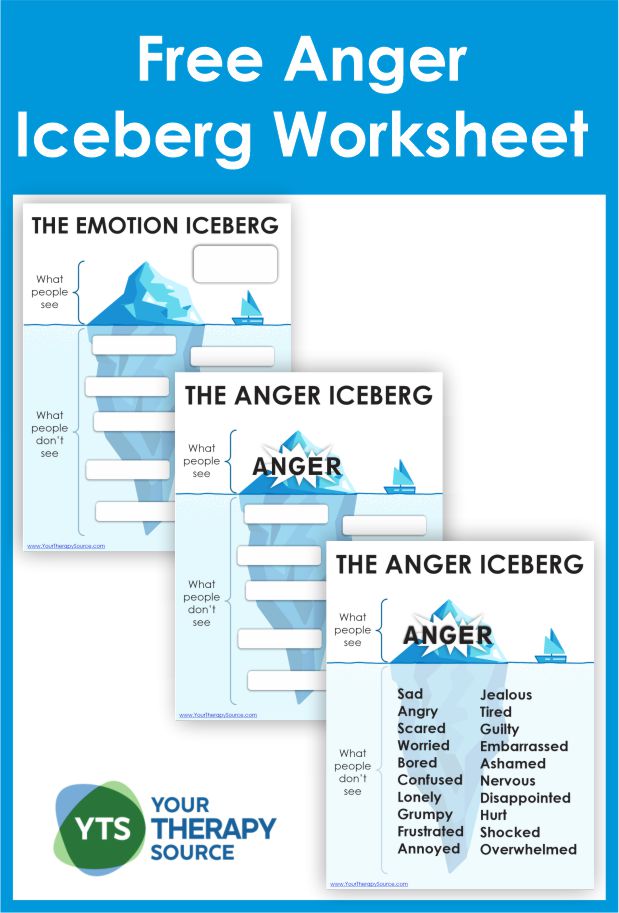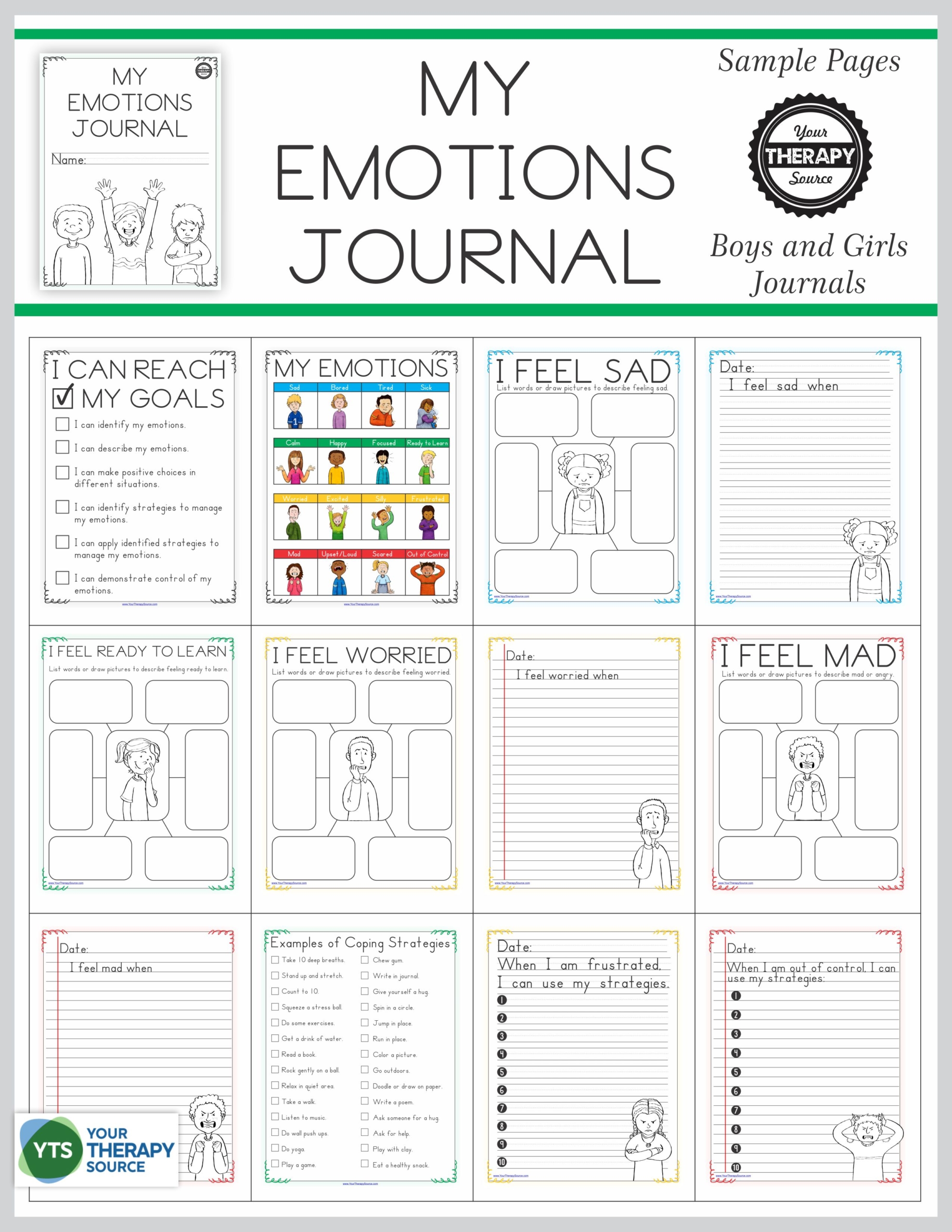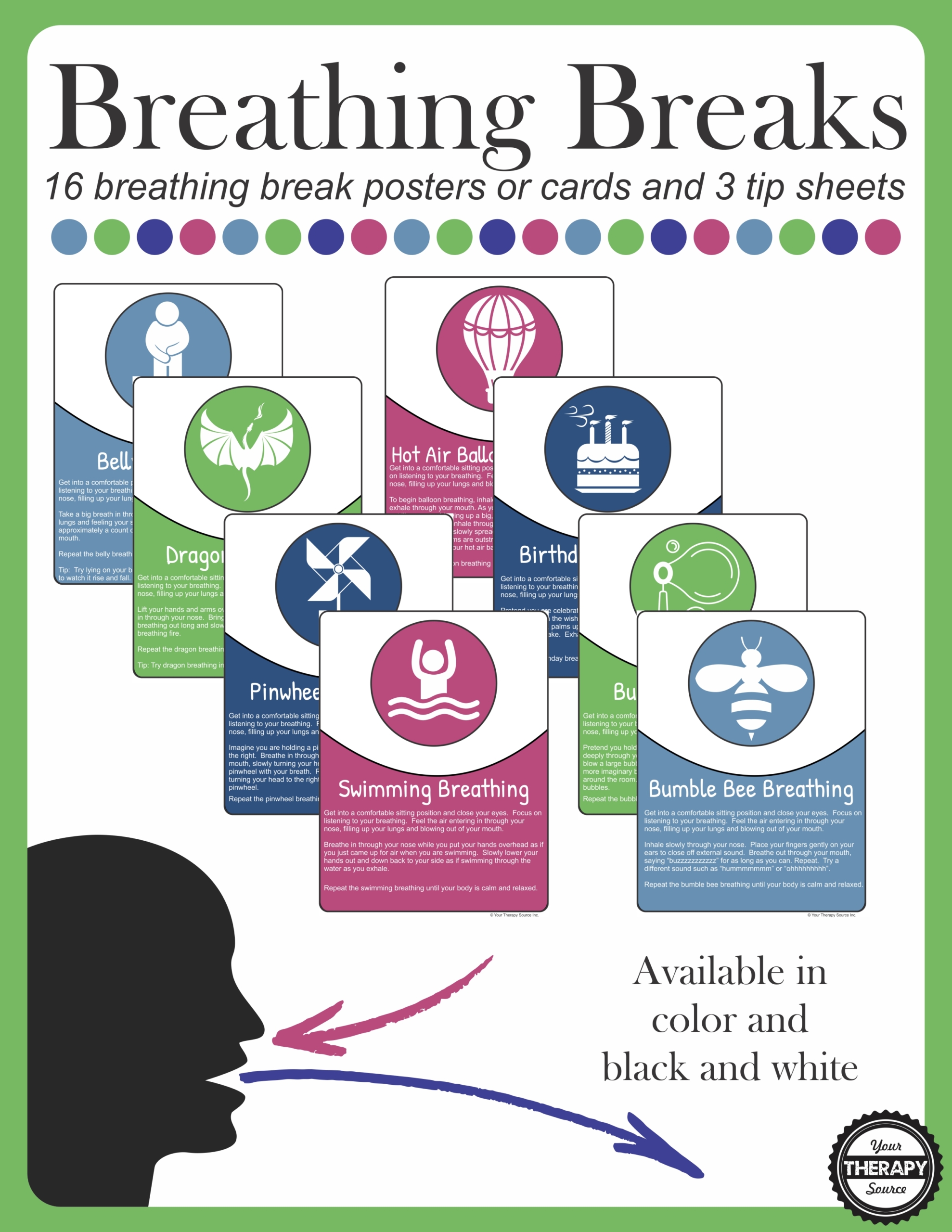Anger Iceberg Worksheet

When faced with expressions of anger, educators, parents, and therapists often find it challenging to help their older students navigate through this common emotion. The anger iceberg worksheet, a concept pioneered by the Gottman Institute, can prove to be a fantastic tool for such instances. It’s designed to help individuals identify their underlying feelings, providing insight into the depth of emotions beneath the iceberg’s visible tip – the anger that everyone sees.
Understanding the Iceberg Theory of Anger
The iceberg theory of anger proposes that anger is merely the visible tip of a much larger emotional iceberg. It is often a secondary emotion, a reaction that veils the primary emotions beneath. Like an iceberg, a significant portion of our emotional experiences remains hidden under the surface of the water, masked by the overt feeling of anger.
As the Gottman Institute suggests, these concealed emotions could range from embarrassment and disappointment to fear or sadness. Recognizing these deeper emotions is vital for personal growth and effective anger management, as it allows for a healthier expression of feelings.

Emotional Regulation Worksheets – For Boys and Girls
The Power of the Anger Iceberg Worksheet
The anger iceberg worksheet is an excellent resource for therapists, parents, and educators to assist their older students in understanding and managing their own anger. It acts as a map guiding the exploration of the emotions beneath anger’s surface.
First, the student is encouraged to recall the last time they experienced a surge of anger and document the specifics of the given situation and their immediate reactions. After a few deep breaths to slow down the heart rate and bring about calmness, the student then reflects on the basic emotions that might have triggered the angry reaction. These could include a range of emotions, from fear and disappointment to embarrassment or loss.
The ABCs of Anger
The ABCs of Anger is another valuable framework in the arsenal of anger management tips, providing a simple, effective way to decode angry reactions. The acronym stands for Antecedent, Behavior, and Consequences.
- Antecedent: What happened before the surge of energy (anger) was felt? This requires an examination of the given situation.
- Behavior: How was the anger expressed? This involves identifying expressions of anger.
- Consequences: What resulted from the angry feelings and reactions? This stage involves reflecting on the outcomes and effects of the anger on oneself and others.
This systematic approach and the iceberg worksheet can dramatically enhance emotional intelligence and communication skills, helping students identify and express their vulnerable feelings in healthier ways.
Why the Anger Iceberg Worksheet Works
Using the anger iceberg worksheet is a great way to encourage students to engage in self-reflection and to develop an understanding of their own emotions. It gives anger, which often gets a bad rap, a context and a deeper meaning. It also provides students with the tools to identify and express the complex emotions hidden beneath their initial angry reactions, improving their overall emotional health.
Young people, who might not yet possess the skills to handle their raw feelings, can especially benefit from this worksheet. It allows them to see that anger isn’t a problem in and of itself, but rather a signal pointing to underlying, unexpressed emotions that need to be addressed.
Using the worksheet can help students identify patterns in their anger, equipping them with the understanding needed to anticipate and manage their responses better the next time a similar situation arises. This knowledge can transform anger from a seemingly uncontrollable force into a navigable guide towards self-understanding and growth.

Self Regulation Triggers and Calming Tools
How to Use the Anger Iceberg Worksheet
Explain to the students that this worksheet will help them to take a closer look at their anger problem and any underlying emotions. When we express anger, it appears at the tip of the iceberg. There are many feelings that are underneath the tip that others can not see. Page 1 of the worksheet provides a visual with a list of different emotions that may be underlying causes of their anger. Here is a list to provide examples of what the students may be feeling underneath their anger:
- Sad
- Angry
- Scared
- Worried
- Bored
- Confused
- Lonely
- Grumpy
- Frustrated
- Annoyed
- Jealous
- Tired
- Guilty
- Embarrassed
- Ashamed
- Nervous
- Disappointed
- Hurt
- Shocked
- Overwhelmed
On page 2 of the worksheet, the student can self-reflect on their own emotion and write down any feelings that may result in them expressing anger in the blank white boxes.
On page 3 of the anger iceberg worksheet packet, the top states the EMOTION iceberg. Perhaps your student is having trouble with a different emotion instead of anger. Maybe frustration or sadness. Write emotions below the water surface that is influencing their outwardly expressed emotion. Share this information with mental health professionals if you feel that your student can not control their anger or needs additional help.
Learning self help strategies to help manage emotional regulation may be helpful as well.

Breathing Breaks Deep Breathing Exercises
Download Your Anger Iceberg Worksheet
Navigating the deep and sometimes tumultuous waters of anger can be made easier with the right resources. To start this journey, consider using the anger iceberg worksheet – a tool designed to unearth and understand the underlying causes of anger.
The worksheet is available for instant digital download in PDF format, making it accessible and easy to use. Whether you’re an educator, parent, or therapist, this tool can be instrumental in guiding young individuals towards understanding and managing their difficult feelings.
Incorporate this worksheet into your regular sessions or discussions, and watch as it makes a tangible difference in how your students understand and express their feelings. Remember, the goal isn’t to eliminate anger but to comprehend its roots and transform it into a force for personal growth.
Make the first step towards teaching emotional intelligence and healthy expressions of anger by downloading the anger iceberg worksheet here. It’s an investment that will yield rich dividends in the form of emotionally intelligent and self-aware young individuals, capable of handling a range of emotions in healthy ways.
If you found this resource helpful, consider checking out our other star-sellers for further support in nurturing your students’ mental and emotional well-being. Together, we can equip our young people with the tools they need to thrive in an increasingly complex world.
Conclusion
Whether you are a therapist, a parent, or an educator, the anger iceberg worksheet is a great tool to have at your disposal. It fosters a deeper understanding of emotions, enhances communication skills, and promotes healthier expressions of anger. By helping students connect their angry reactions to their underlying emotions, they can gain a better sense of control over their responses, leading to more peaceful and productive interactions.



